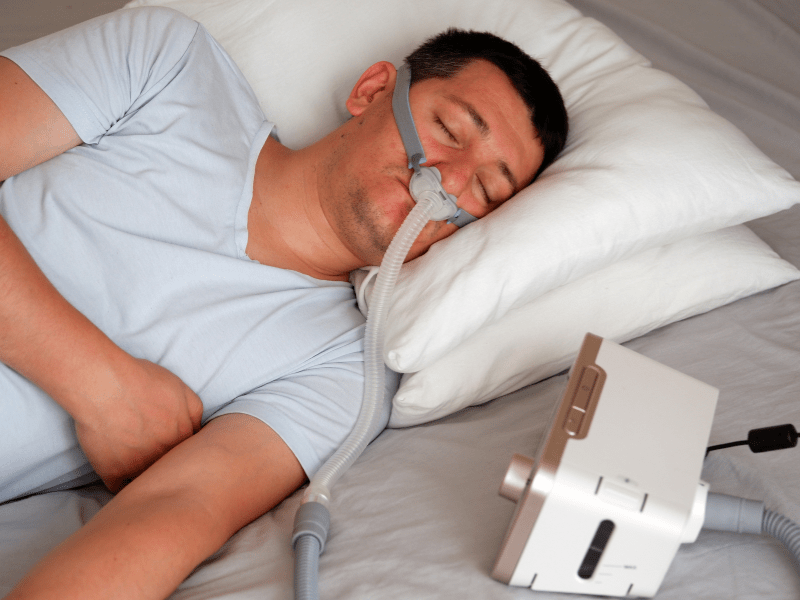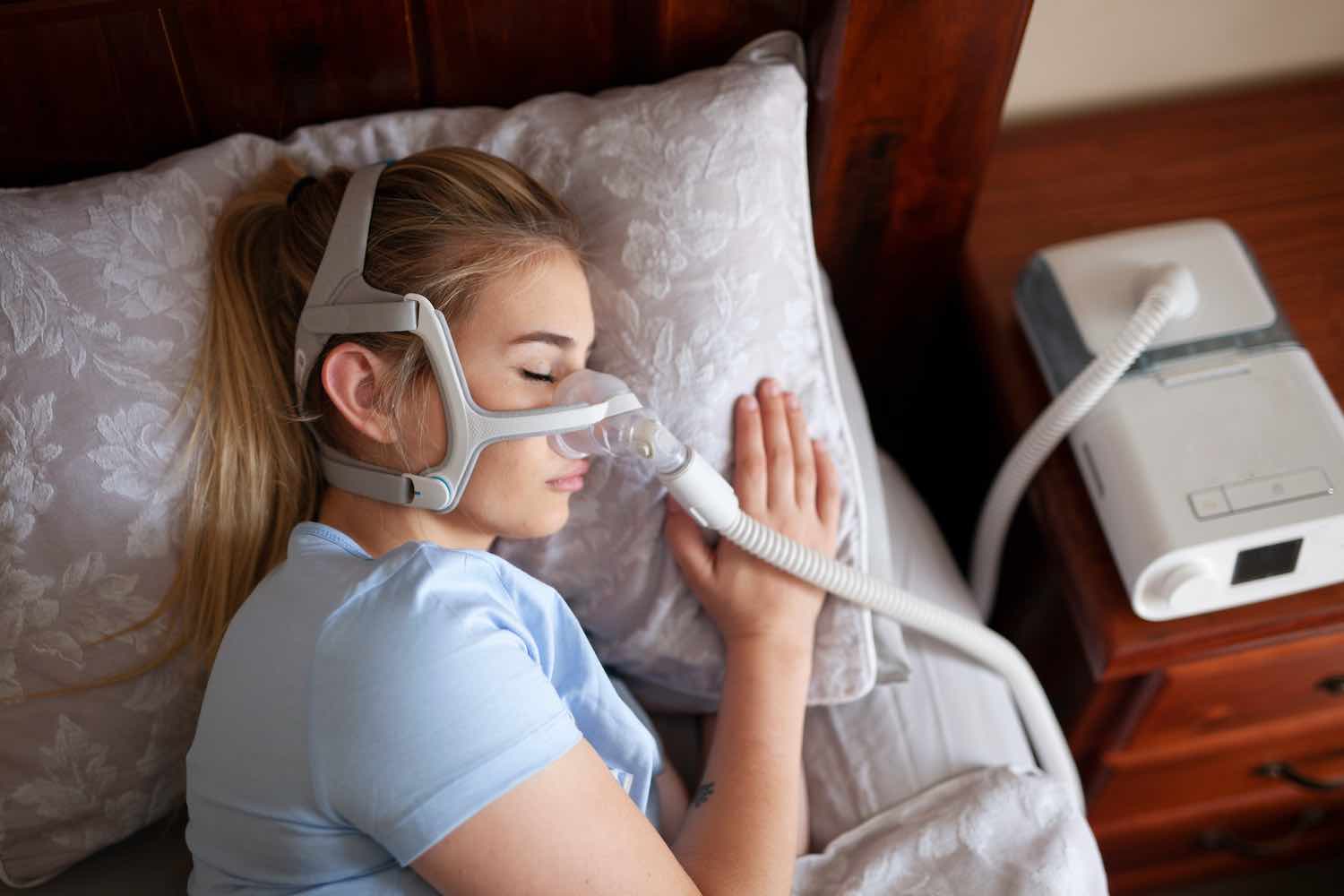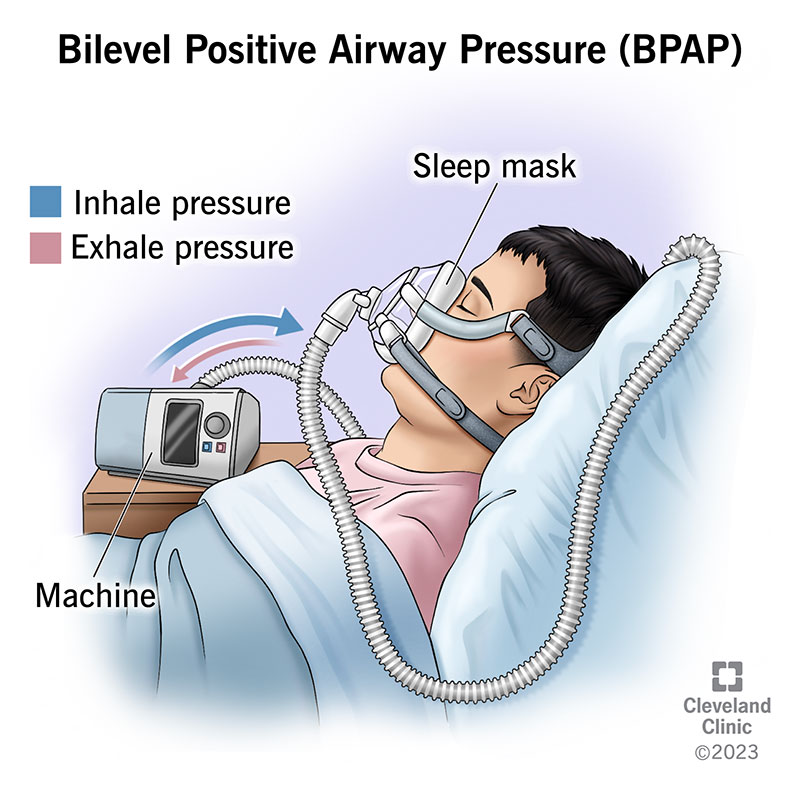Inexpensive Choices for BiPAP Rental Services Near You
Inexpensive Choices for BiPAP Rental Services Near You
Blog Article
Bipap vs. CPAP: Which Is the most effective for Your Rest Disorder?
When browsing the complexities of rest conditions, the selection between BiPAP and CPAP treatment is an essential factor to consider. Each modality offers distinct benefits tailored to particular problems, yet the choice depends upon private patient needs and convenience degrees. While CPAP supplies a consistent air flow ideal for obstructive rest apnea, BiPAP's twin stress settings may boost comfort for those with even more elaborate respiratory problems. Understanding these differences can considerably influence therapy efficacy, leaving one to ponder which choice absolutely aligns with their health demands and way of life.
Understanding Rest Disorders
Sleep problems incorporate a variety of problems that disrupt normal rest patterns, impacting both the top quality and period of rest. These disorders can show up in numerous types, including insomnia, sleep apnea, narcolepsy, restless leg disorder, and parasomnias. Each problem provides one-of-a-kind challenges, commonly resulting in significant daytime tiredness, cognitive problems, and psychological disturbances.
Sleeplessness is identified by problem dropping or remaining asleep, while sleep apnea includes repeated disturbances in breathing during sleep, commonly bring about fragmented rest. Narcolepsy, on the other hand, is marked by too much daytime drowsiness and sudden rest strikes. Uneasy leg syndrome creates uncomfortable experiences in the legs, triggering an irrepressible impulse to relocate them, which can additionally prevent the capacity to go to sleep.
The effect of rest conditions expands beyond private wellness, influencing general productivity, relationships, and lifestyle. Comprehending the certain nature of each problem is critical for efficient medical diagnosis and treatment. As sleep health becomes progressively recognized as an important part of overall health, resolving these problems is essential for improving both sleep high quality and daily functioning.
Exactly How CPAP Functions
Constant Positive Airway Pressure (CPAP) treatment is frequently employed as a primary treatment for obstructive sleep apnea (OSA) The device of CPAP entails using a maker that supplies a constant stream of air with a mask worn during rest. This air flow maintains positive pressure in the airway, protecting against the collapse or blockage of the throat that can take place during rest.
When a patient inhales, the CPAP machine supplies a continual circulation of air, ensuring that the airway continues to be open - BiPAP Rental. This not only relieves the signs and symptoms of OSA, such as snoring and interrupted sleep patterns, but likewise decreases the involved health risks, including cardio complications and daytime exhaustion
The pressure settings on a CPAP machine can be customized to meet private client needs, commonly determined through a sleep research study. Generally, CPAP treatment has actually been revealed to substantially enhance the high quality of sleep and overall health and wellness for individuals suffering from obstructive sleep apnea.
How BiPAP Works
BiPAP, or Bilevel Positive Respiratory Tract Pressure, is a customized kind of non-invasive ventilation that is especially helpful for patients with problems such as intricate rest apnea or respiratory system conditions. Unlike CPAP, which delivers a constant stream of air at a solitary stress, BiPAP provides two distinctive pressure settings: a higher inspiratory pressure for breathing and a lower expiratory pressure for exhalation. This dual-pressure method permits simpler breathing, decreasing the effort called for during exhalation.
The gadget runs through a mask fitted over the nose or mouth, linked to a maker that generates atmospheric pressure. When the patient breathes in, the maker supplies the greater pressure to assist with air movement, making sure that the respiratory tract remains open. Upon exhalation, the machine immediately decreases the pressure, making it extra comfy for the patient to take a breath out.

Trick Differences In Between BiPAP and CPAP

On the other hand, BiPAP (Bilevel Favorable Respiratory tract Stress) offers 2 various pressure settings: one for breathing and a reduced one for exhalation. This double stress system allows for more comfortable breathing, specifically for clients that deal with breathing out against a continual stress. BiPAP is typically advised for individuals with intricate sleep apnea, persistent obstructive pulmonary condition (COPD), or those that need added support during rest.
In addition, the intricacy of this content BiPAP gadgets typically leads to a higher price and requires extra cautious titration than CPAP. BiPAP Rental. Understanding these essential distinctions can aid in recognizing which tool may be better for particular sleep conditions, establishing the groundwork for informed treatment choices
Selecting the Right Therapy
The choice in between BiPAP and CPAP therapy mainly pivots on the specific attributes of the rest problem, the individual's general health, and their convenience with the device. CPAP, which provides a continuous stream of air, is commonly suggested for obstructive rest apnea (OSA)
Alternatively, BiPAP supplies 2 levels of stress: one for inhalation and a reduced one for exhalation. This twin stress system is beneficial for patients with complicated sleep apnea or those that experience difficulty breathing out versus a constant stress. In addition, BiPAP is frequently recommended for people with respiratory problems, such as persistent obstructive pulmonary condition (COPD), where varying stress settings can boost comfort and compliance.
Inevitably, an extensive examination by a rest specialist, consisting of a sleep research, can aid establish which treatment aligns ideal with the patient's needs. Aspects such as comfort, simplicity of usage, and details medical conditions need to likewise be taken into account to maximize therapy results.
Final Thought
In recap, both BiPAP and CPAP serve unique purposes in the management of rest conditions. CPAP works for obstructive sleep apnea via consistent airflow, while BiPAP supplies dual stress setups that boost comfort for those with complex rest apnea or respiratory system problems. The selection between these treatments need to be led by private requirements and conditions, requiring a detailed assessment by a sleep professional to ensure optimum therapy outcomes and enhanced top quality of sleep.

In general, CPAP treatment has actually been shown to substantially enhance the top quality of rest and overall wellness for people experiencing from obstructive rest apnea.
BiPAP is frequently advised for individuals with intricate sleep apnea, persistent obstructive pulmonary condition (COPD), or those who require added support throughout rest.
CPAP is effective for obstructive important source sleep apnea with consistent airflow, while BiPAP supplies dual pressure setups that enhance convenience for those with complicated rest apnea or breathing issues.
Report this page